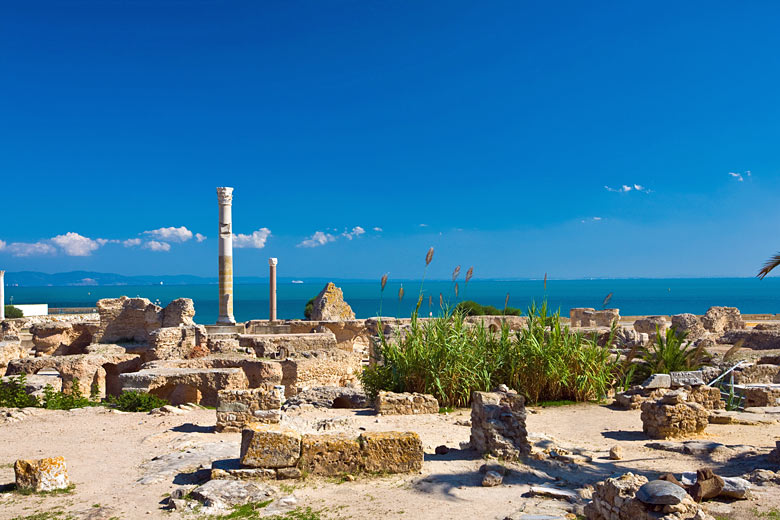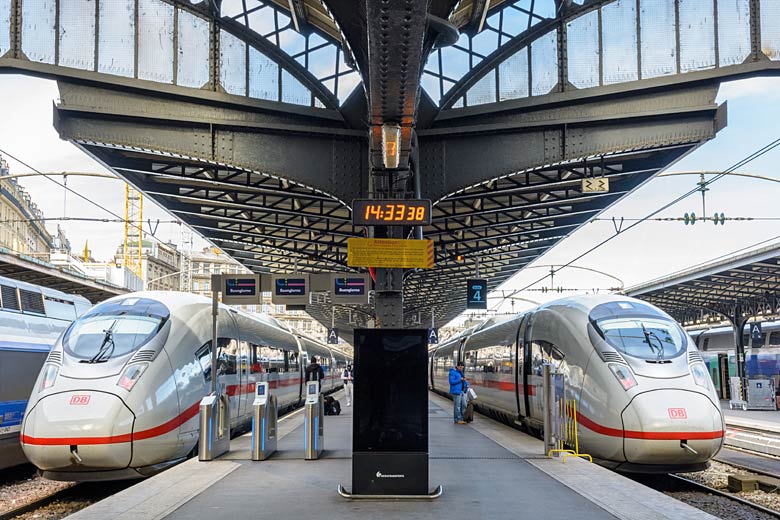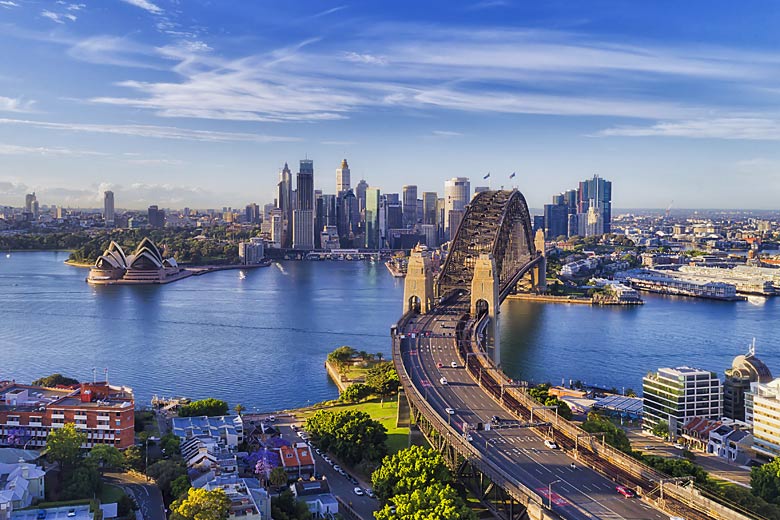How to spend the perfect long weekend in Lille
France's capital of the north, Lille has taken the best of Flemish and French culture and married them in handsome red brick buildings with gilded Baroque frames, the humble French (read: Belgian) fry, dipped in a bubbling casserole of moules marinières and stroopwafels soaked in coffee.
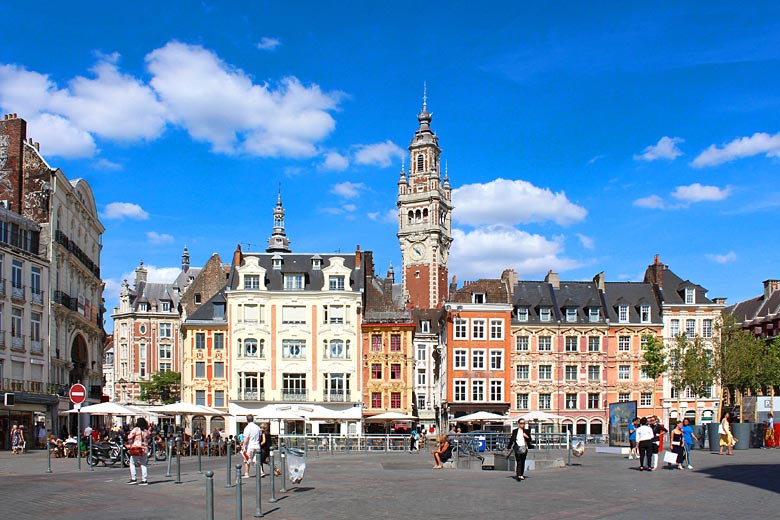
Just 90 minutes from central London by Eurostar*, what Lille lacks in sunshine hours and Provençal temperatures, it makes up for with a joie de vivre and warmth from the Lillois locals, which seems to radiate out of the old town's cobblestones and permeate the beer gardens of the breweries and estaminets, where happy hour keeps the northerners warm.
Straddling war zones during WWI and WWII, and often borders before this (Lille belonged to Belgium until 1667), Lille's history has been as multifaceted as the 10 walls of its spiked pentagon citadelle (now a United Nations base).
Walking down the rain-slicked streets to find a 'Welsh' (bread, mustard, beer, cheese and ham baked in the oven) may feel British enough to have you thinking you've stepped through the looking glass but the Frenchification is at its most obvious during Lille Braderie when the success of a market vendor's stall is judged by the tower of mussel shells beside it.
With both Olympic handball and basketball matches taking place at Lille's Pierre Mauroy Stadium in 2024, there's plenty to keep you here for more than just a flying visit. Here's how to spend the perfect long weekend in Lille.
Getting there & where to stay: find the latest deals on fares with Eurostar* and search rooms for all budgets across the ALL - Accor Live Limitless* network of hotels, of which more than 30 can be found in Lille.
Discover the changing face of French cuisine
Much as we love a cheese board and a croissant, France isn't known for embracing other countries' cuisines, preferring to follow the Cordon Bleu with a religious fervour curious in a secular country.
Enter Lille, a city whose savoir-faire is distinctly un-French. Eat waffles in the opulent teahouse at Patisserie Meert, an establishment so bedecked in dark wood that it looks like a lifesize doll's house.
Good grub here takes its inspiration from much further away than Belgium, though. Wazemmes Market, held three times a week (Tuesdays, Thursdays and Sundays, with Sunday being the biggest day) spills out in all directions around the Halles de Wazemmes, the covered market.
Don't miss the falafel stands, where sellers deep fry chickpea balls in front of you and positively smother them in homemade hummus.
...and the good old culinary classics
Lille's specialities are rich and often meat and cheese heavy. To try the Welsh (often advertised as using cheddar, although no self-respecting Brit would call this cheddar), go to L'Arrière Pays in the old town.
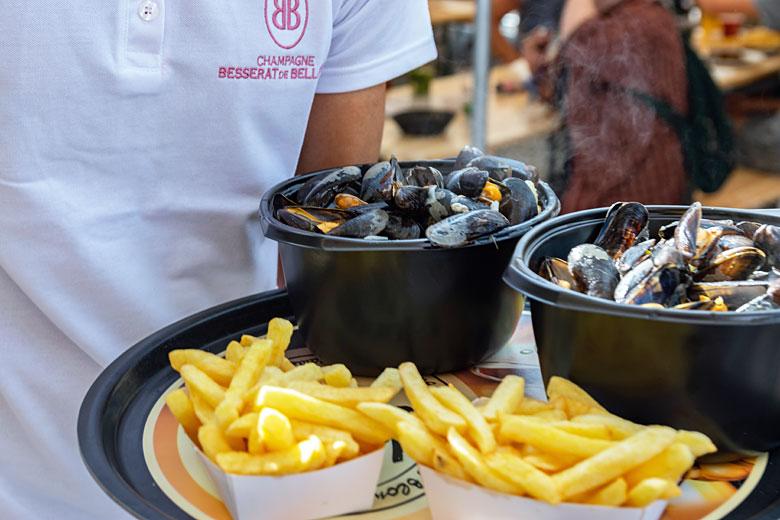
Moules frites (mussels and fries) dominate at Lille's braderie, Europe's largest flea market, which takes place at the start of September annually, and mounds of discarded mussel shells line the streets. At other times of the year, eat it at Chez Raoul.
Take a culture dive
Indisputably the most interesting museum in Lille is the Piscine Roubaix, in the Lillois suburb of Roubaix, which is housed in an old swimming pool.
Alongside permanent and temporary exhibitions, the building's original purpose still takes centre stage. The former pool, filled in to just a few inches deep, still holds water in the main gallery.
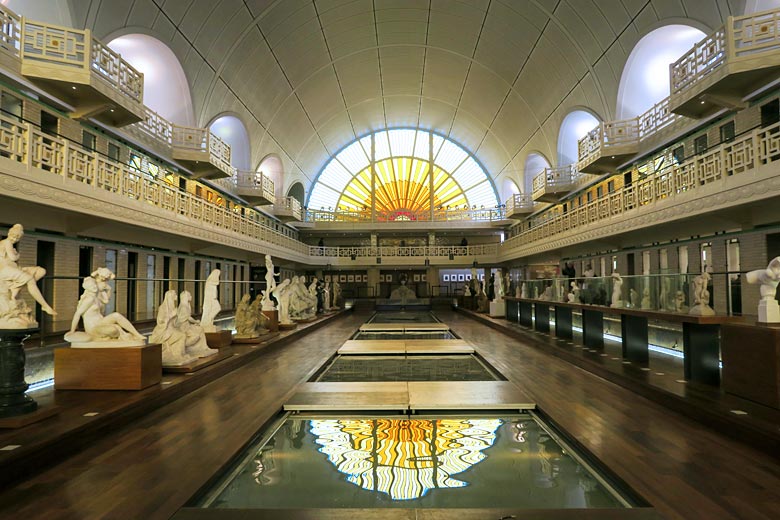
The Beaux-Arts Museum, in a building worthy of the fine art collection found inside, dedicates a considerable portion to sculpture and has a fascinating permanent exhibition about the old fortifications and citadels in the region. If contemporary art is your jam, LaM showcases almost 300 works.
Admire the architecture
Head to the main square for the greatest contrast. The Old Bourse (market exchange), a courtyard encased amid wooden pillars and covered walkways, often spills over with second-hand book stalls.
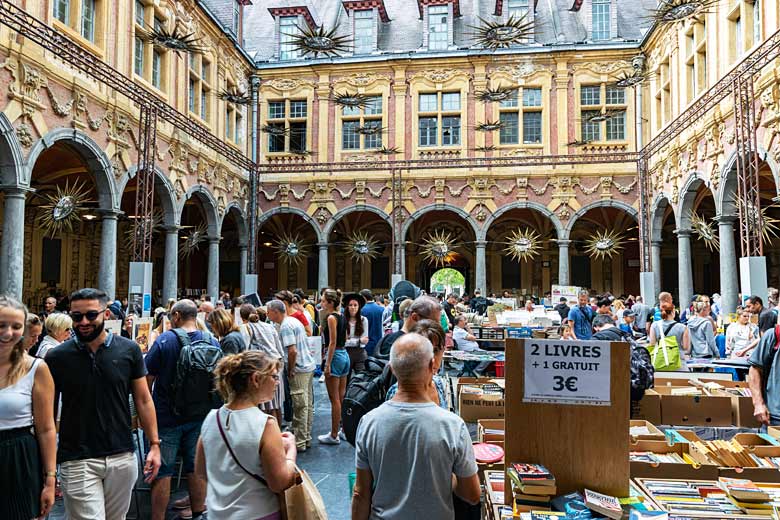
The distinctly Flemish, gilded bell tower chimes Beethoven's Ode to Joy on the hour, contrasting with the odd, triangular concrete monstrosity that houses the region's main media outlet, La Voix du Nord.
Park life
On sunny days, hire a bike from one of the numerous outlets in town for a spin around the Parc de la Citadelle.
The 17th-century citadel is now a United Nations' outpost and can only be visited on Sundays (you'll need your passport to go inside), but on any day of the week, expect to see sheep grazing beside the ramparts, guarded by lazy-looking sheepdogs.
Crack open a cold one
While wine runs through the veins of the rest of the country, Lille is all about the beer. Brique House holds regular 'brew your own' workshops.
In mid-September, Echappée Bière transforms the city into a craft beer lover's paradise, with a nine-day festival. If you're solely interested in drinking rather than brewing, head to Bierbuik year-round to sample their ever-changing draught beers.
Go underground
Just 20 minutes by train from Lille is the Flemish town of Arras, so perfectly put together that it's difficult to believe that it was all but razed to the ground during WWII.
Head to the Hôtel de Ville for panoramic views over the town's twin piazzas from the belfry, while on the ground floor exhibitions show photos of the smouldering remains of the same bell tower you've just climbed, 80 years earlier.
This was the second decimation in fewer than 30 years, as Arras sat virtually on the front line during WWI. Many WWI battlefields are just a few kilometres from town, but Arras's most curious wartime legacy is underground.
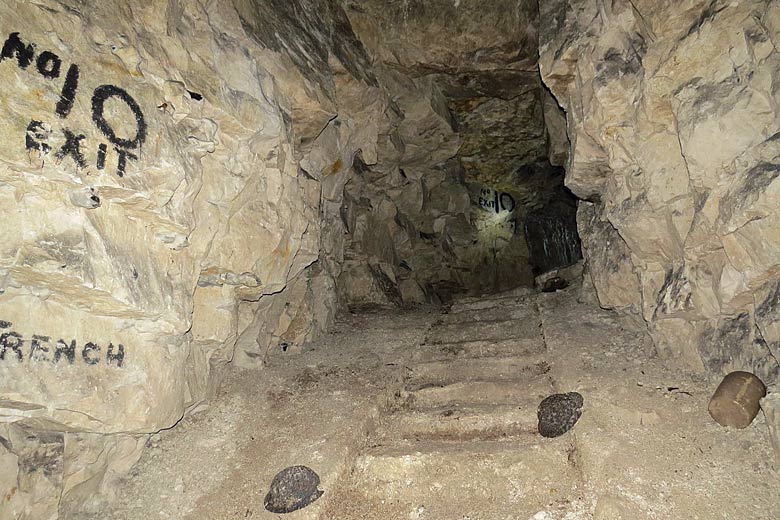
The tunnels of Carrière Wellington were part of a planned offensive to break the German front line. Constructed by New Zealand miners over six months, the tunnels could harbour up to 24,000 soldiers.
Allied soldiers burst from the tunnels to take the Germans by surprise on 9 April 1917. Ultimately the ground gained was nominal and the death toll high but the well-preserved tunnel network, complete recordings taken from original diary entries, is a fascinating insight into a little-known part of wartime history.
Climate in Lille
| Jan | Feb | Mar | Apr | May | Jun | Jul | Aug | Sep | Oct | Nov | Dec | |
|---|---|---|---|---|---|---|---|---|---|---|---|---|
| Maximum daytime temperature °C | ||||||||||||
| Hours of sunshine (daily) | ||||||||||||
| Days with some rainfall |
The above guide shows the climate in Lille. Find out more about conditions across the country in our complete guide to the climate in France.
Ready to explore Lille? Find offers on train travel with Eurostar* and accommodation with ALL - Accor Live Limitless to save on your weekend in Lille, France today.
More about Lille
- Overview
- Best time to visit
- Weather by month
- 5-day weather forecast
- Destinations
- Travel advice
- Deals & discounts
Lille by month
Jan Feb Mar Apr May Jun Jul Aug Sep Oct Nov Dec
Explore holidays in the sun for less
- Beach holidays
- Family holidays
- City breaks
- Summer holidays
- Winter sun holidays
- Holiday offers
- Top travel brands
- Airlines & flights
- Discount hotels
- Airport parking deals
- TUI
- Jet2holidays
- easyJet holidays
- Love Holidays
- British Airways
Airport parking
- Manchester Airport
- Stansted Airport
- Bristol Airport
- Luton Airport
- Birmingham Airport
- Edinburgh Airport
- Gatwick Airport
- Glasgow Airport
- Newcastle Airport
Airport lounges
- Manchester Airport
- Birmingham Airport
- Bristol Airport
- Edinburgh Airport
- Glasgow Airport
- Heathrow Airport
- Newcastle Airport
- Stansted Airport
- Gatwick Airport
Be inspired
Get your weekly fix of holiday inspiration from some of the world's best travel writers plus save on your next trip with the latest exclusive offers
We promise not to share your details
























